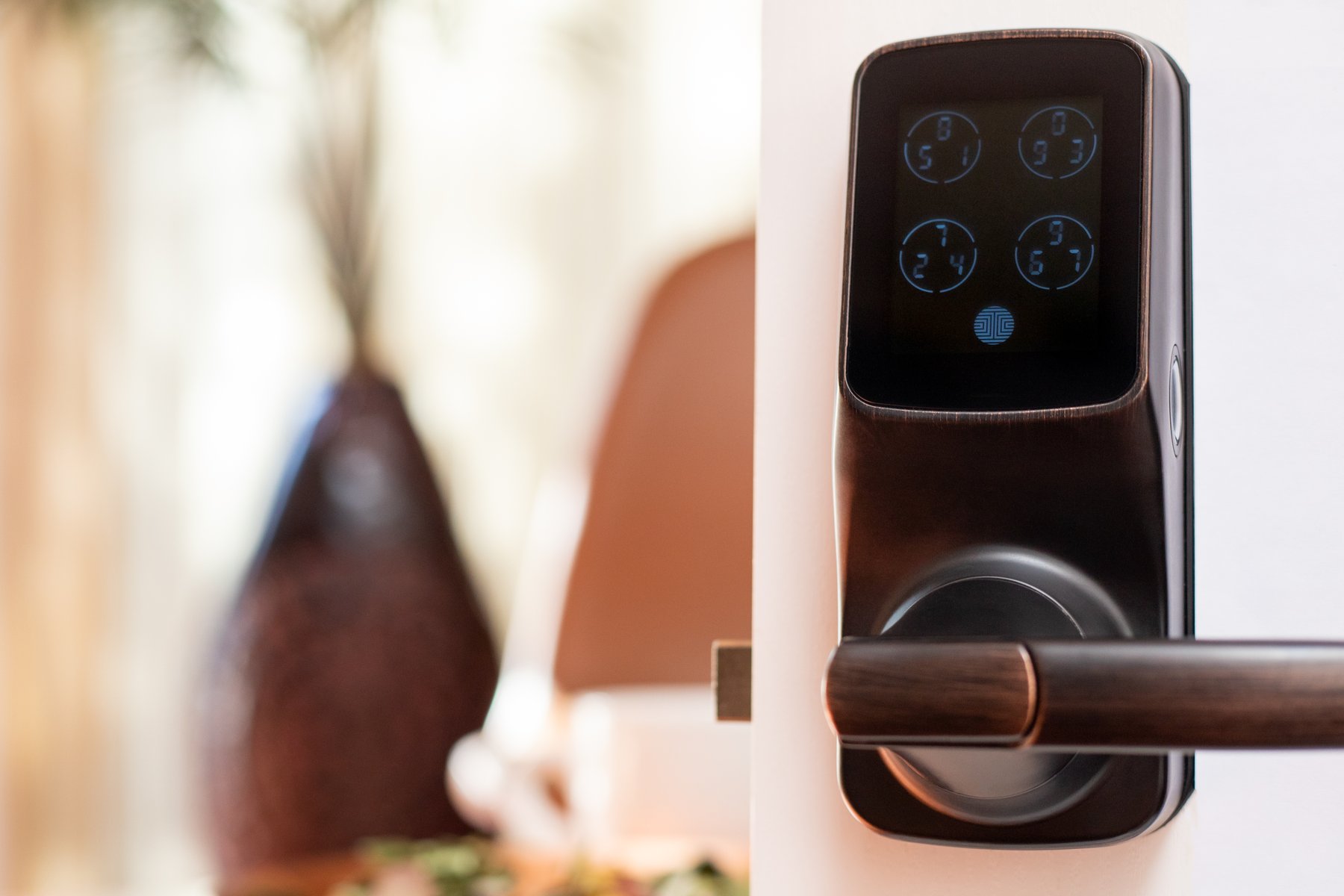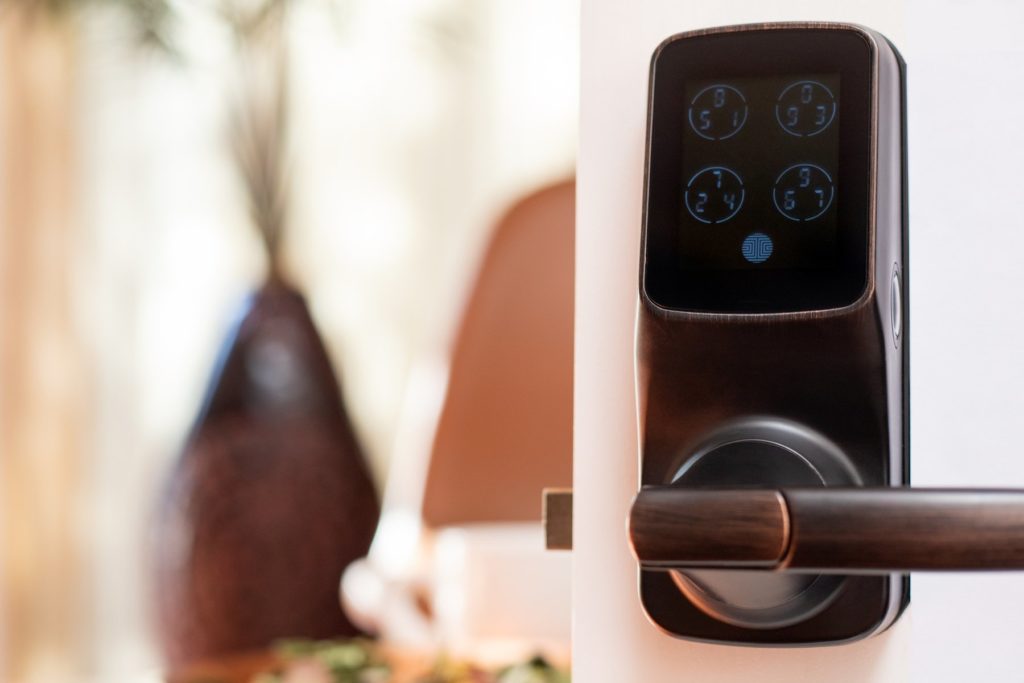
What’s not to like? Halfway to work and realize you forgot to lock the front door? Open the app, click the right button, and breathe and relax because you didn’t have to turn around and head back home. Smarthomes are enabling anxiety relief for those who are forgetful or extra-cautious or both. Remote control of your house’s security has a value. The complexity can have a cost. Which is better for you: control or simplicity?
The idea of a smarthome has grown. From the days of simple automation, like intercoms and automatic lighting, smarthomes now include control over every aspect of home life that involves three-pronge plugs. Even doorbells now do more than go ding-dong. How much automation is enough? How much is too much? When is a smart house not necessarily a wise house?
At one time, adding a deadbolt was a major improvement that only cost a few bucks. Expensive upgrades included sensors that waited for a window to break or a door to be jimmied. They involved installation by professionals, and monitoring by remote operators. The operators may call you, but only after something has already happened. The smarthome’s advances were evident at this year’s Consumer Electronics Show. Homeowners are in control.
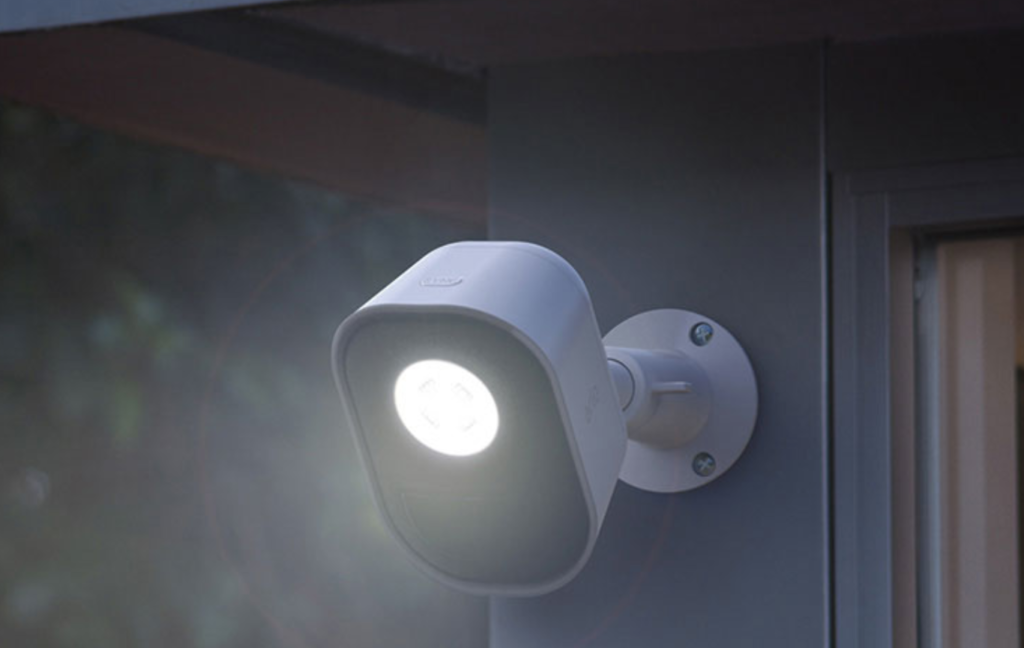
Start at the door bell, even though the layers of a security sphere reach beyond there. Door bells are now smart, or at least more aware. Instead of only hearing a chime that makes you wonder and wander to the door, cameras now record and track whoever is doing the ringing. Take a look from wherever you are to see if it is a stranger, the delivery driver, family or friend. Because it is happening across the internet, someone traveling in Europe might check on their house in the States. Add a microphone and speaker, and talk with the visitor without them knowing whether you are in the house. With the right system, simply unlock the door; or with a bit more sophistication, provide only enough access for a package to be dropped off. Friends and family can be buzzed in, or given private temporary codes that don’t require keys.
Inside, sensors watch the windows and doors as before; but they also track movements. Rather than alert a service, it might be simpler to bring up the camera feed and see if the sensor was tripped by your pet, or maybe a curtain blowing in a fan’s breeze. You can even talk to your pet, which will either calm them with your voice, or make them wonder where you are hiding. The more sophisticated systems learn your movements, and your pet’s movements, to keep from over-reacting. It also helps parents keep track of a baby in the crib without having to tip-toe into the room to keep from waking them.
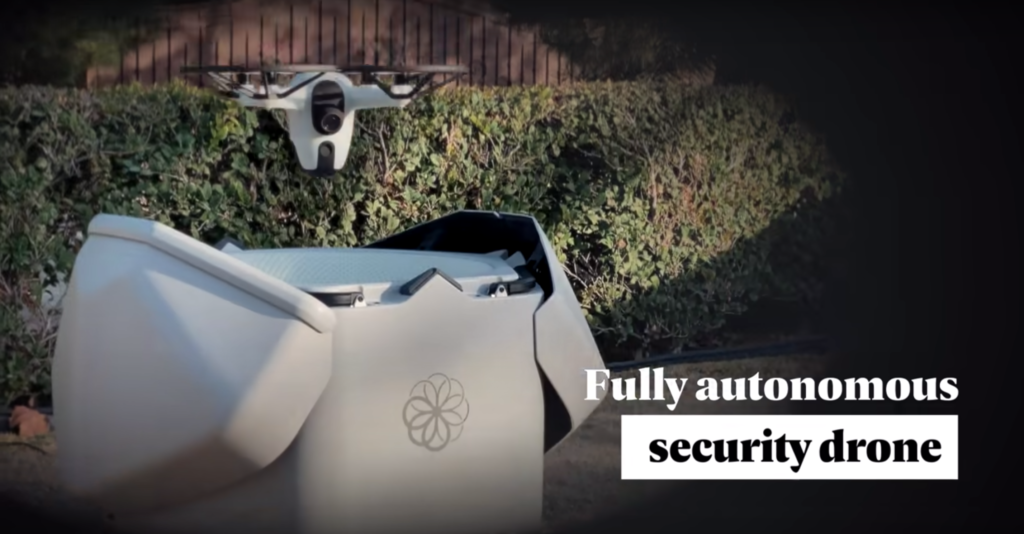
The same ideas that work inside get a chance to work outside. The main differences are the size of the space to secure, the randomness of nature, and the need for reliability in all weather. It is possible to take perimeter sensors and ratchet them up to see in low-light and in higher resolution. It’s harder to scatter enough cameras to track an entire property without looking like some enclave or compound. One solution: your own drone. If a sensor is triggered, up pops a drone that flies to the disturbance, relays a video feed, then hopefully can retreat to its charging station. Maybe get two, so one can watch the other.
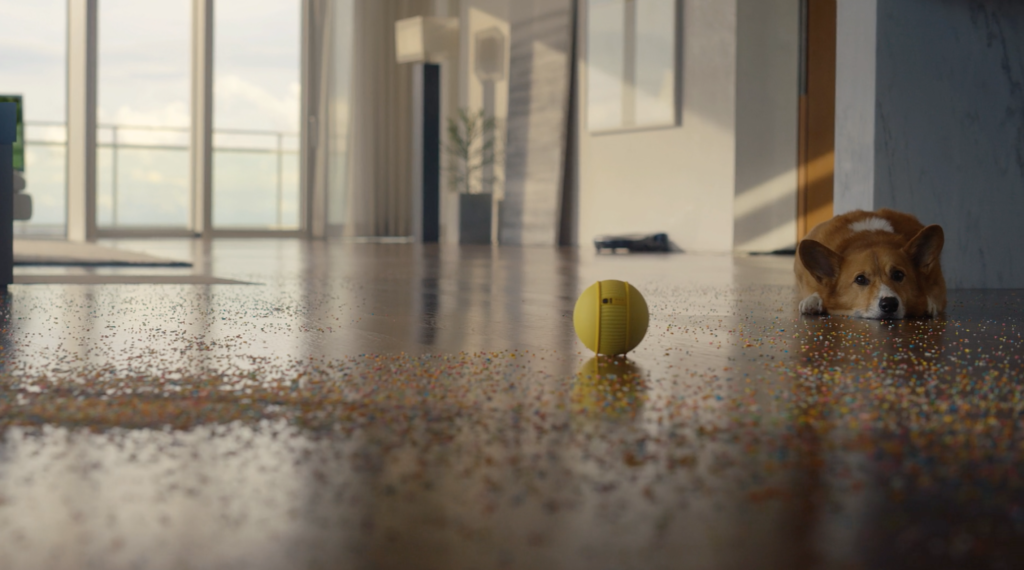
Mobile patrols are possible inside, too. If you’ve already unleashed a robot vacuum cleaner, you’ve taken the step to using one with a camera. When it isn’t cleaning, it can be visually sweeping the area. Someone looking in the window may have no idea they’re being monitored from the floor. A more playful approach is to deploy the ball, the Ballie, that is. A small ball that looks like it was inspired by Star Wars can roll wherever a ball can roll. Camera equipped, take a rolling tour of your house. They even claim it can help entertain the pets. Take care around steps, though. Balls don’t climb stairs well – yet.
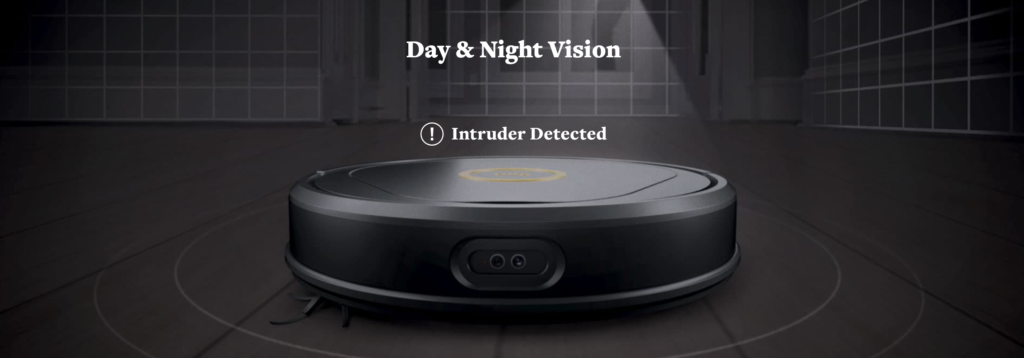
For people who want to be in control there are a wealth of possibilities. Create a system that covers all, or at least most, possibilities. Creating such a system without conflicts can be more difficult. Software and hardware incompatibilities exist. If a bird decides to repeatedly attack your drone that can be an issue. If a dog regularly bumps the ball into the basement, the ball won’t be able to secure much. If an alarm triggers some other sensor, do the two of them create a raucous duet that drives the neighbors to calling the cops? Trying to control everything within an app, or several apps, can work; but how much work is too much work?
Also, everything that goes through a smartphone is likely going across the internet. Signals can be hacked. Doors remotely opened. Video feeds compromised. Because control is possible, someone else may be drawn to taking control. Imagine the pranks. Security systems have always had a problem being secured. Power outages, knowing which wire to snip, making sure accidental alarms don’t cry wolf existed before smarthomes and continue today. The main difference is improvements in batteries, wireless installations, and hopefully smarter sensors.
As usual, there are simple solutions. Make sure at least one door can open with a key, just in case someone or some error locks you out. Make sure windows can open manually, in case of fire. If possible, use a window somewhere besides in the door to see who is at the front door. For folks with special security needs, there will always be services that can monitor and respond to complex professional systems. If you find you truly need a video of the front door, keep in mind that storing the images in memory may suffice. It is harder to do anything about a break-in in progress, but they’d probably be gone before anyone could respond, anyway. On-site but off-line memory isn’t going to be hacked – unless it is hacked out of the wall.
Go simpler still. Front doors can be locked and ovens turned off by friends or neighbors who have keys, real metal keys. Neighbors can check with neighbors to watch the neighborhood. There’s a real value to community. Is your pet bored? Maybe get another pet, and hope they don’t have too much fun. Instead of some sophisticated system for package delivery, it may be cheaper to build a little lockable shed that’s accessible by the delivery drivers but that hides your packages.

A sheriff made a point at a neighborhood watch meeting. After describing various concerns and approaches for general security, the sheriff pointed out one of the safest houses on the block. It was occupied by a minimalist. The advice for them was to lock their doors but open their curtains. When thieves see that there’s nothing to steal, they won’t break in. In the sheriff’s opinion, the fewer things there are to steal, the less likely they’ll have a break-in. That may be the simplest and most affordable security available.
